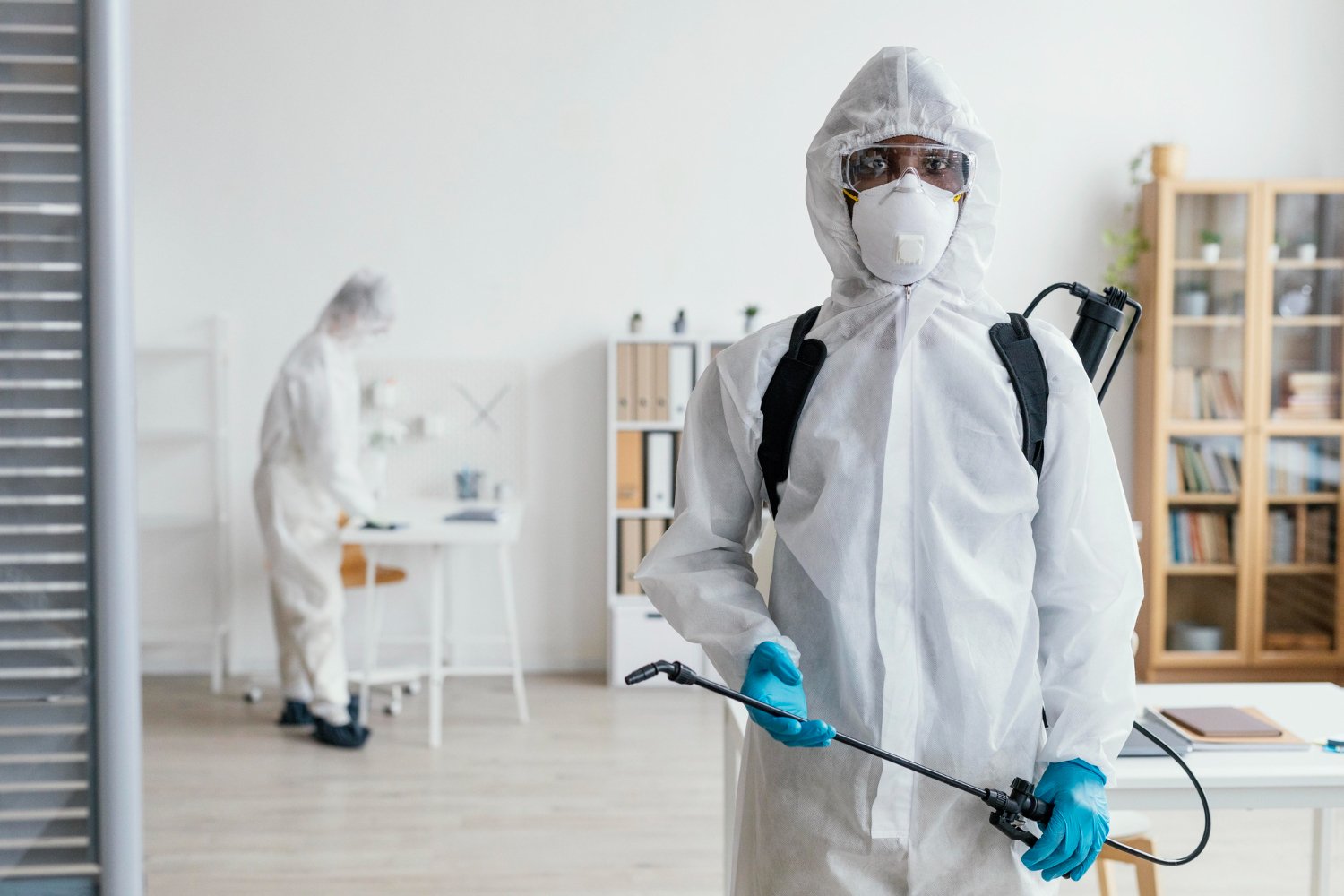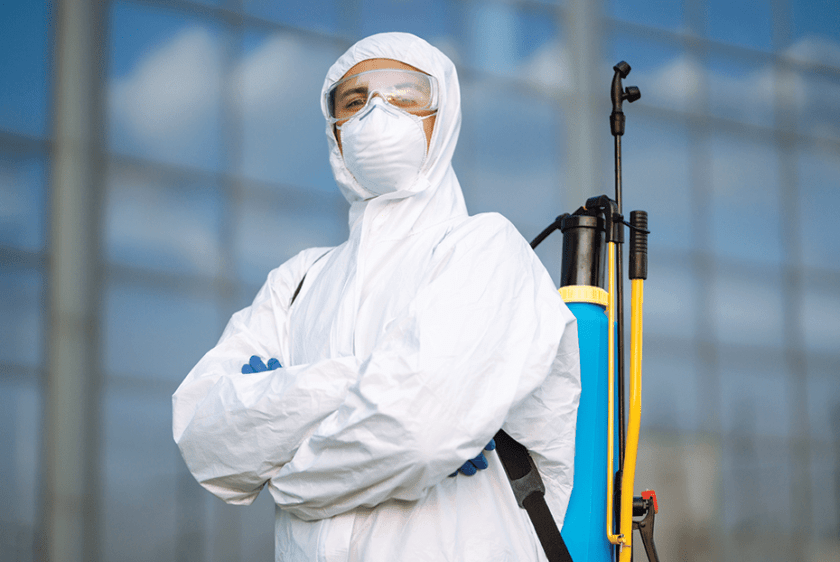Exploring Infestation and Therapy Methods in the World of Parasite Control
The landscape of pest control includes a myriad of difficulties, specifically as infestations of common family pests continue to progress. By incorporating preventative measures with advanced administration methods, such as Integrated Bug Management (IPM), property owners can better secure their settings.

Usual House Vermin
When it involves handling our home, understanding common home insects is vital. These bugs not just interrupt our comfort but can also pose health risks and damage residential or commercial property. The most common home pests consist of ants, cockroaches, rodents, termites, and bed bugs.
Ants, frequently seen foraging in kitchens, can contaminate food and develop huge colonies. Cockroaches, known for their strength, can cause allergic reactions and spread microorganisms. Rodents, including computer mice and rats, can create structural damages and bring illness like hantavirus and salmonella. Termites, typically referred to as "quiet destroyers," can endanger the stability of wooden frameworks, leading to pricey repair services. Bed bugs, although not condition carriers, can create considerable discomfort through their attacks and cause psychological distress.
Acknowledging the signs of these bugs, such as droppings, nests, or attack marks, is vital for very early treatment (Pest Control Lockhart). Proper cleanliness practices, securing entry factors, and maintaining a clutter-free atmosphere are reliable preventative steps. By identifying these usual home parasites and comprehending their actions, property owners can take positive steps to alleviate infestations, making sure a much healthier living atmosphere
Recognizing Insect Infestations
Bug problems can rise quickly, transforming a small annoyance right into a substantial issue if not resolved immediately. Common variables contributing to infestations include bad cleanliness, architectural susceptabilities, and seasonal adjustments that drive pests indoors.
Identifying the kind of pest is important, as different species show varied actions and reproductive prices. As an example, rats may establish nests in covert areas while insects like cockroaches flourish in moist environments. Early detection often depends upon identifying indications such as droppings, nibble marks, or unusual audios, which can show an issue prior to it comes to be serious.
Cozy, moist climates can assist in the quick development of bug populations, while adjustments in landscaping or building and construction can unintentionally create helpful settings. An enlightened strategy to understanding these characteristics lays the foundation for efficient insect management methods in the future.
Treatment Techniques and Techniques
Reliable treatment techniques and strategies are vital for minimizing pest invasions and bring back a secure environment. A multifaceted technique is usually best, incorporating chemical, biological, and mechanical methods customized to the details pest and the severity of the invasion.
Chemical treatments include using insecticides and herbicides, which can successfully remove parasites. However, proper application and adherence to safety guidelines are essential to reduce risks to humans and non-target organisms. Integrated Bug Administration (IPM) motivates the cautious use chemicals as a last option, relying instead on monitoring and threshold degrees to establish treatment requirements.
Biological control methods entail presenting natural killers or parasites to minimize parasite populations. This approach is significantly prominent, particularly in farming settings, as it advertises environmental sustainability.
Mechanical approaches, such as traps and obstacles, offer immediate remedy for pests without presenting chemicals. Choices include sticky catches for insects or physical barriers for rats.
Eventually, the selection of treatment approach ought to take into consideration the certain pest, the atmosphere, and possible impacts on human wellness and environments. A well balanced combination of these approaches can efficiently handle infestations while promoting lasting parasite control services.
Preventative Actions for House
Proactively addressing bug concerns before they intensify is important for keeping a healthy and balanced home setting (Pest Control Lockhart). Implementing efficient safety nets can substantially lower the possibility of invasions, inevitably guarding both your residential property and health

Correct landscape design likewise plays an essential role in prevention. Keeping hedges and trees cut away from your home decreases the chances of insects discovering their means inside pop over to this site your home. Additionally, make sure that drain systems are working successfully to prevent standing water, which can attract mosquitoes and various other pests.
Last but not least, routine evaluations are suggested. Consistently looking for indications of insect task enables for early treatment. By embracing these precautionary measures, house owners can produce an environment that is much less congenial to pests, therefore improving their total high quality of life and reducing the demand for comprehensive bug control interventions.
Business Insect Control Strategies
A detailed method to business insect control is crucial for companies intending to keep a risk-free and sanitary atmosphere. Reliable techniques entail a combination of routine examinations, worker training, and the execution of Integrated Pest Administration (IPM) methods.
Routine inspections allow very early detection of insect task, enabling timely treatment. Organizations ought to create a regular schedule for these evaluations, concentrating on risky areas such as kitchen areas, storage space areas, and garbage disposal websites. Employee training is similarly vital; team ought to be informed on the indications of parasite problems and the significance of reporting them promptly.
Applying IPM methods assists reduce pest issues sustainably. This consists of environment modification, such as securing entrance factors and reducing clutter, along with utilizing natural deterrents before resorting to chemical treatments.

Furthermore, working together with an accredited parasite control provider guarantees access to specialist expertise and innovative therapy alternatives. This collaboration can cause personalized bug control prepares tailored to the specific needs of business, reducing risks and boosting total effectiveness. Eventually, a positive and informed approach cultivates a pest-free atmosphere, protecting both public health and wellness and company credibility.
Conclusion
In verdict, effective parasite control requires a thorough check here understanding of common family pests check my source and their habits, paired with targeted treatment techniques. Applying precautionary actions along with treatment methods such as Integrated Pest Administration and organic control boosts the ability to alleviate problems.